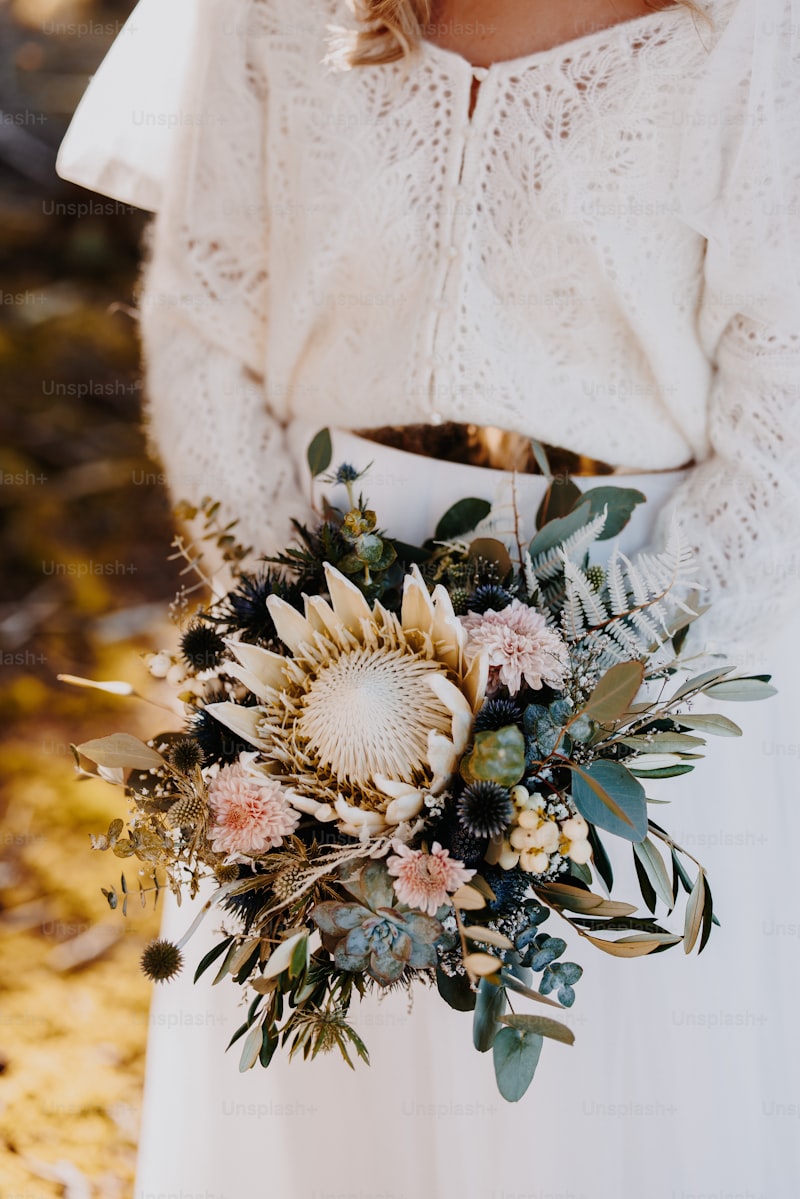Embracing Tradition in Your Wedding Attire: A Journey Through Time and Culture
Your wedding day is one of the most significant moments in your life, and choosing the right attire is essential to reflect not only your personal style but also the traditions that hold deep meaning for you and your partner. In this article, we will explore the different aspects of embracing tradition in your wedding attire, delving into various cultural practices, styles, and the elements that make them unique.
The Importance of Tradition in Weddings
Weddings are steeped in rituals and customs that have been passed down through generations. Traditions in wedding attire serve as a way to honor one's heritage and maintain a connection to the past. By embracing tradition, couples can celebrate their cultures, share meaningful stories, and create a sense of belonging.
Understanding Different Cultural Attires
Across the world, wedding attire varies greatly from one culture to another, each with its own significance and flair. Below is a table summarizing some traditional wedding attires from various cultures.
| Culture | Traditional Attire | Symbolism |
| Indian | Saree for brides, Sherwani for grooms | Signifies grace and cultural heritage |
| Chinese | Qipao for brides, Changshan for grooms | Represents prosperity and good fortune |
| Scottish | Kilt for grooms, tartan dress for brides | Embodies national pride and tradition |
| Mexican | Traditional white dresses with colorful embroideries | Reflects cultural identity and celebration |
Choosing Traditional Fabrics and Colors
When selecting traditional wedding attire, it's essential to consider the fabrics and colors that are emblematic of various cultures. For example, many Indian weddings utilize rich fabrics like silk and brocade, often adorned with gold thread and intricate patterns. The color red is prevalent in Chinese weddings, symbolizing happiness and good luck. Understanding these elements can guide couples in making informed decisions that resonate with their backgrounds.
Accessorizing with Tradition
In addition to the attire itself, accessories play a vital role in embracing tradition. These can include:
- Jewelry: Many cultures have distinctive styles of jewelry. For instance, Indian brides often wear elaborate gold jewelry, while a western bride may choose a simple yet elegant pearl necklace.
- Headpieces: These can vary from a traditional tiara or veil in Western cultures to a beautiful maang tikka in Indian weddings.
- Footwear: Traditional footwear options, such as Jutti for Indian brides or Scottish ghillies for grooms, can complement the bridal outfit while staying true to cultural roots.
Incorporating Personal Touches
While it's vital to honor traditions, couples should also feel free to personalize their wedding attire. This can be achieved by:
- Customizing attire with family heirlooms or mementos, making the outfit even more meaningful.
- Mixing modern elements with traditional styles to reflect contemporary tastes while respecting heritage.
- Involving family members in the decision-making process to strengthen bonds and ensure cultural authenticity.
Common Questions About Traditional Wedding Attire
1. How can I blend traditional and modern styles in my wedding attire?
It's possible to blend traditional and modern styles by choosing classic silhouettes and infusing them with contemporary fabrics or embellishments. For instance, a traditional gown can feature modern cuts or asymmetric hemlines.
2. Should I consider the location of my wedding when selecting attire?
Absolutely! The wedding venue can significantly influence your attire choices. Outdoor beach weddings may call for lighter fabrics, while an ornate ballroom wedding mightbe a perfect fit for lavish gowns and suits.
3. What are some essential accessories for a traditional wedding outfit?
Important accessories may include veils, jewelry, traditional footwear, and even handmade artifacts that may represent your family or culture in a personal way.

Conclusion: The Beauty of Tradition in Wedding Attire
Embracing tradition in your wedding attire not only honors your cultural background but also creates a beautiful tapestry of stories and meanings that will resonate for years to come. As you prepare for your big day, take the time to understand and celebrate these traditions, infusing your personal touch and ensuring that your attire reflects your shared values and history. Remember, a wedding is not just a ceremony; it is a celebration of love, culture, and the journey that families take together.
In summary, while it is essential to honor your cultural roots, feel free to adapt and modify traditional attire to create a unique expression of your love story. This balance will ensure that your wedding day is a memorable occasion that truly embraces the richness of tradition.